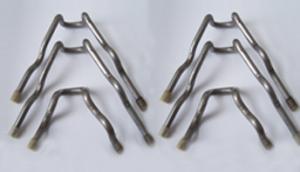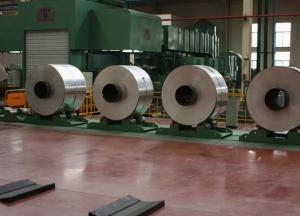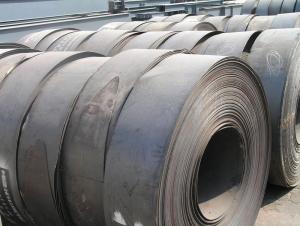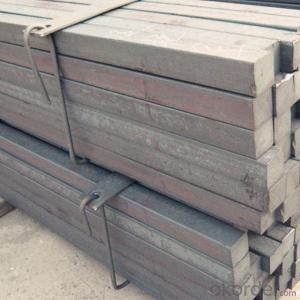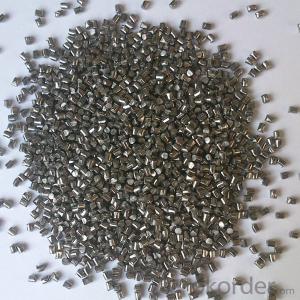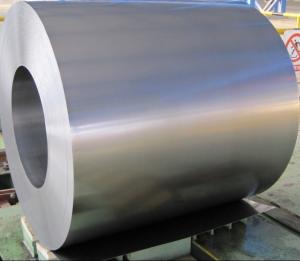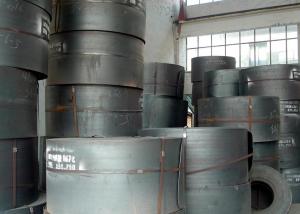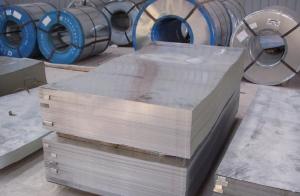Hex Steel pipe good quality
- Loading Port:
- China Main Port
- Payment Terms:
- TT OR LC
- Min Order Qty:
- -
- Supply Capability:
- -
OKorder Service Pledge
Quality Product, Order Online Tracking, Timely Delivery
OKorder Financial Service
Credit Rating, Credit Services, Credit Purchasing
You Might Also Like
Hex Steel
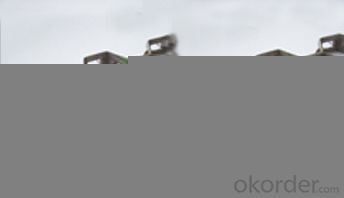 |
- Q:How are steel billets produced?
- Steel billets are produced through a process called casting, where molten steel is poured into molds and then cooled and solidified to form rectangular or square-shaped blocks. These billets are then further processed through rolling or extrusion to create various steel products.
- Q:What are the different types of steel profiles and sections available?
- There are various types of steel profiles and sections available, including I-beams, H-beams, U-channels, C-channels, angles, and T-sections. Each type has its own unique shape and dimensions, making them suitable for different structural and construction applications.
- Q:How are steel products used in the construction of theme-based art and craft studios?
- Steel products are commonly used in the construction of theme-based art and craft studios for their durability, strength, and versatility. Steel beams and columns provide structural support, ensuring the stability and safety of the building. Steel panels or sheets are often used for walls, roofs, and flooring due to their resistance to fire, moisture, and pests. Additionally, steel can be easily molded and shaped, allowing for unique and artistic designs in the studio's architecture. Overall, steel products play a crucial role in creating functional and visually appealing spaces for art and craft activities.
- Q:What are the different types of steel profiles used in conveyor systems?
- There are several different types of steel profiles used in conveyor systems, including C-channels, I-beams, angle bars, and square or rectangular tubing. These profiles are chosen based on the specific requirements of the conveyor system, such as load capacity, structural integrity, and ease of installation.
- Q:What are the different types of steel chains and their uses in agricultural machinery?
- There are several types of steel chains commonly used in agricultural machinery. These include roller chains, leaf chains, and agricultural chains. Roller chains are the most widely used and are commonly found in tractors, combines, and other farming equipment. They are used to transmit power from the engine to various components, such as wheels, blades, or conveyors. Leaf chains are often used in heavy-duty applications, such as in balers or harvesters, where they provide reliable lifting and pulling capabilities. Agricultural chains, on the other hand, are designed specifically for agricultural machinery and are used for tasks like crop harvesting, sowing, or irrigation. These chains are usually resistant to corrosion and wear, making them suitable for outdoor and demanding conditions.
- Q:What are the different types of steel fencing materials?
- There are several types of steel fencing materials available, including wrought iron, galvanized steel, aluminum, and stainless steel. Wrought iron is known for its durability and ornate designs, while galvanized steel offers excellent corrosion resistance. Aluminum is lightweight and low-maintenance, making it a popular choice for residential fencing. Stainless steel is highly resistant to rust and offers a sleek, modern look.
- Q:What are the different types of steel wire mesh and grids available?
- There are several different types of steel wire mesh and grids available, including welded wire mesh, woven wire mesh, expanded metal mesh, and perforated metal mesh. Each type has its own unique characteristics and is used for various applications such as filtration, reinforcement, security, and separation.
- Q:How is steel used in the manufacturing of storage tanks?
- Steel is commonly used in the manufacturing of storage tanks due to its durability, strength, and resistance to corrosion. It provides a reliable and long-lasting material for containing and storing various substances such as liquids, gases, or solids. Steel storage tanks are widely used in industries such as oil and gas, chemical, water treatment, and agriculture, ensuring the safe and efficient storage of materials.
- Q:What are the properties of corrosion-resistant steel for marine applications?
- Corrosion-resistant steel for marine applications has properties that make it highly resistant to rust and degradation in marine environments. These properties include high levels of chromium, which forms a protective oxide layer on the surface of the steel, preventing corrosion. Additionally, the steel is often alloyed with other elements such as nickel and molybdenum to enhance its corrosion resistance. It is also designed to withstand exposure to saltwater, humidity, and harsh weather conditions. This type of steel is crucial in marine applications to ensure durability, longevity, and minimal maintenance requirements.
- Q:How do steel products contribute to the transportation industry?
- Steel products contribute to the transportation industry in various ways. Firstly, steel is used in the manufacturing of vehicles, such as cars, trucks, trains, and ships, providing them with structural strength and durability. Steel's high strength-to-weight ratio makes it ideal for constructing lightweight yet resilient bodies, frames, and components, enhancing overall safety and performance. Additionally, steel is employed in the production of infrastructure elements like bridges, tunnels, and railway tracks, ensuring their sturdiness and longevity. Overall, steel products play a crucial role in enhancing the reliability, efficiency, and safety of transportation systems worldwide.
1. Manufacturer Overview |
|
|---|---|
| Location | |
| Year Established | |
| Annual Output Value | |
| Main Markets | |
| Company Certifications | |
2. Manufacturer Certificates |
|
|---|---|
| a) Certification Name | |
| Range | |
| Reference | |
| Validity Period | |
3. Manufacturer Capability |
|
|---|---|
| a)Trade Capacity | |
| Nearest Port | |
| Export Percentage | |
| No.of Employees in Trade Department | |
| Language Spoken: | |
| b)Factory Information | |
| Factory Size: | |
| No. of Production Lines | |
| Contract Manufacturing | |
| Product Price Range | |
Send your message to us
Hex Steel pipe good quality
- Loading Port:
- China Main Port
- Payment Terms:
- TT OR LC
- Min Order Qty:
- -
- Supply Capability:
- -
OKorder Service Pledge
Quality Product, Order Online Tracking, Timely Delivery
OKorder Financial Service
Credit Rating, Credit Services, Credit Purchasing
Similar products
New products
Hot products
Related keywords

